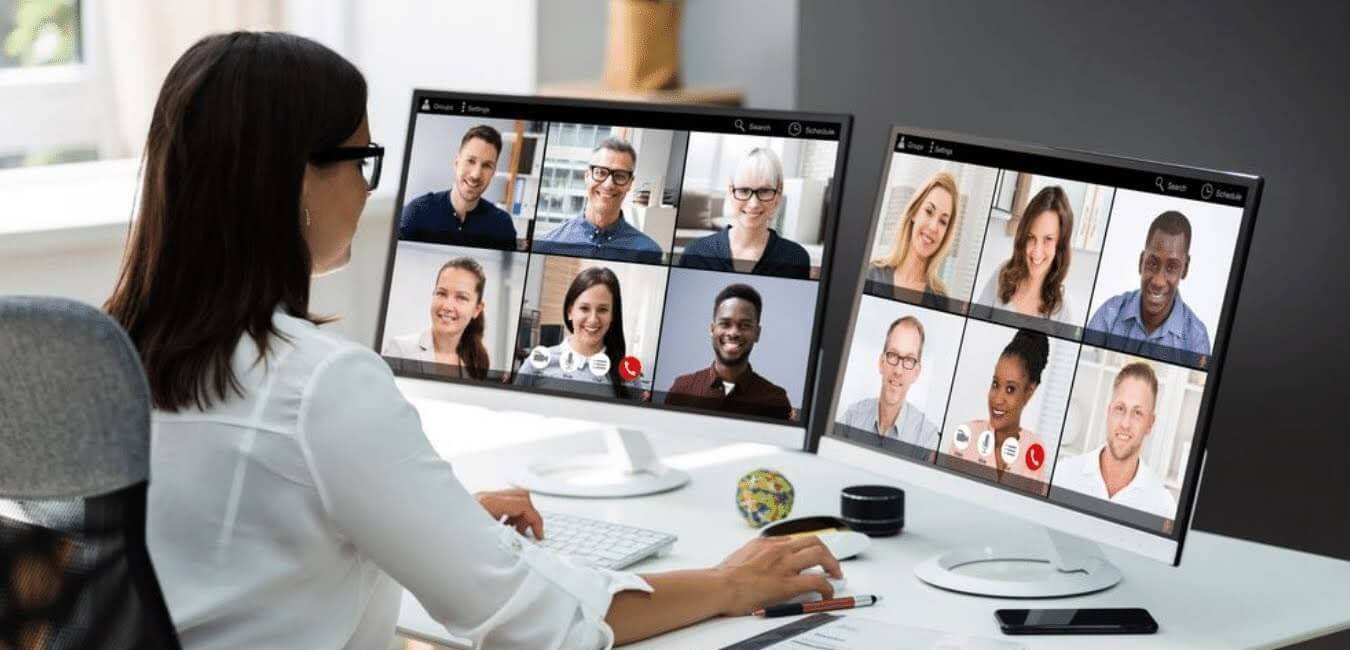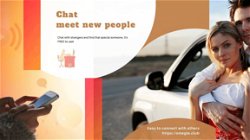A Stanford study has discovered why video chats are so tiring
Omegle
. 3 min read
The findings show that people who use their zoom function a lot get more tired after chatting than those without this activity, which could be an indication of how your conversations might fatigue you if used too much!

The dream of two-way audio video communication has been around for over a century. For the past decade, innovations such as Apple FaceTime and Skype have turned it into our daily norm in many cases! When COVID-19 pandemic took hold people began living their lives at home which made videoconferencing an important mode such as for seeing doctors or taking college courses - suddenly hundreds and millions had access to these kinds of services through just mobile phone, iPad or computer.
People felt like their energy had been drained
People were reporting that at the end of whole days, they felt like their energy had been drained. This came as a bit surprising to some but not all- it could be because we spend so much time in front of our screens throughout each day and then go home without any physical activity or interaction with others for hours on end!
It's counterintuitive, but after six or eight hours of videoconferencing people seem more exhausted than if they had spent that same amount of time in person. What gives?
A recent study has found the answer: It seems our brains are wired differently when it comes to immersive communication technologies like video conference calls and virtual meetings; we have greater difficulty focusing on one task at a time compared with face-to face interactions because there isn't total engagement from either side of discussion table - which means you'll need more concentration for every word said during these types sessions
What a leading scientist at Stanford University has observed?
Jeremy Bailenson, founding director of the Virtual Human Interaction Lab at Stanford University and a leading expert on virtual communication has written an insightful article explaining how videoconferencing may cause individuals to feel tired due to nonverbal cues.
He notes that when we substitute one medium for another such as in person conversation versus using Skype video chat software online; there will always be some form interpreters or coding needed between two people who do not share any languages other than verbal speech so they can communicate effectively with each other without difficulties because it takes time and effort put into understanding these symbols meaningfully across cultures.
However the non-verbal cues may be overwhelmed in videoconferencing because one substitutes it for physical interactions such as face-to face encounters or even teleconferences when we communicate remotely - which causes some kind of fatigue that occurs during these sessions.
Anxiety grows exponentially due to feeling like you're being judged every moment
With all eyes focused on you, it is not uncommon for people to experience feelings of stress and anxiety. This can be due in part from the close proximity that participants are required by law (or illegally) to maintain while using Zoom Fatigue – a term coined by Brad Bailenson - as an explanation for how some users may become fatigued after prolonged use sessions.
With more than one participant present during video chat conversations there's no easy way around eye contact between parties; which leads us right back into those lengthy stretches where everyone stares at each other without any break whatsoever.
As per Bailenson there should be rotation between audios and videos
In his opinion, the relentless barrage of sophisticated non-verbal signs that are delivered and received during a Zoom contact can have a significant impact on the novel experience of weariness that is induced by the technology, according to Bailenson. He believes that protracted Zoom meetings should be interrupted by audio-only breaks in order to reduce the cognitive load associated with video interactions.
In order to avoid being smothered by gestures that are perceptually realistic but socially meaningless for a few minutes, Bailenson recommends that you turn off your camera and turn your body away from the screen, rather than just turning off your camera to take a break from having to be nonverbally active.
Update your online meeting strategy
The relentless barrage of non-verbal signs that are delivered and received during a Zoom contact can have a significant impact on the weariness that is induced by the technology. Therefore it's time to update your meeting strategy.

New research shows that a camera-free environment can have many benefits for everyone in the room, from those on Zoom and audio only platforms alike!
If someone is using Zoom for a conference call and they need to move around freely in order to feel as if there isn't complete screen domination then it may be best that these interactions only happen audio-only or with another person present rather than via video chat on your computer screen at home base where you're stationary due to lack of personal space.
More Stories from
Parents should know about Omegle to keep their children safe online.
Parents have always warned their children not to speak with strangers, but Omegle now encourages it. Omegle is a video chatting website that can be accessed from any device
Omegle 'Squid Game' Winner Receives $456 From YouTuber Who Played With Strangers
A Youtuber posing as the pink soldier from the "Squid Game," asks his potential Omegle opponents if they'd like to play three simple games for a chance to wind $456 live in Omegle chat.
Magic window introduced by Google to virtually chat in lifelike 3D
Google unveils 'magic window' that can let people chat virtually in lifelike 3D. Project Starline uses 3D imaging and real-time compression. It's unclear when or if the product will ever be available for mass use, but announcement comes more than a year i
33 Omegle Video Chat Alternatives - No More Overcrowding Now!
Omegle, a popular random chat site, connects you with other users randomly. You can chat or talk via audio or video using Omegle. It's easy to meet new people and make friends instantly. Omegle is becoming overcrowded. With so many people using Omegle, it






